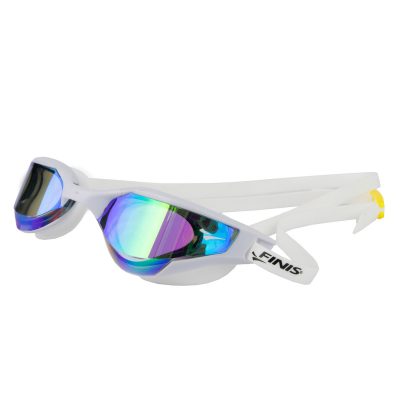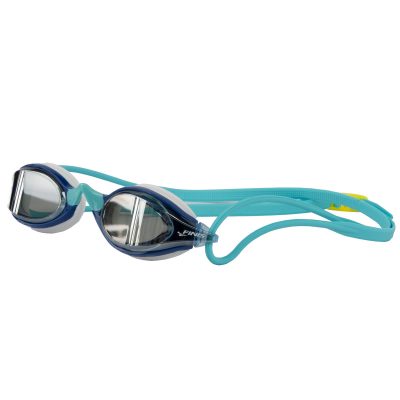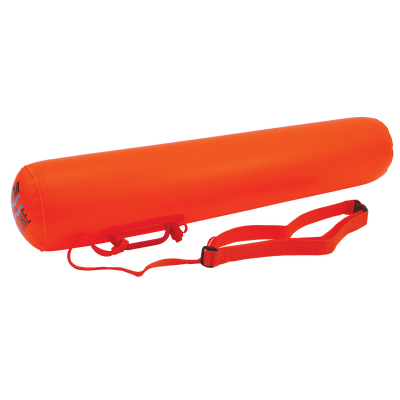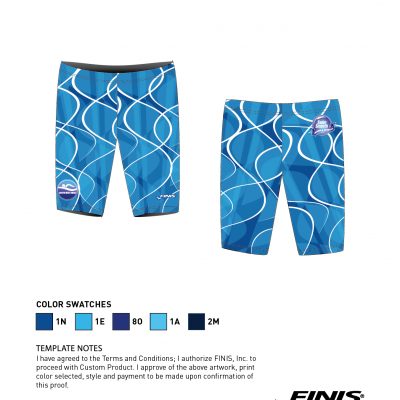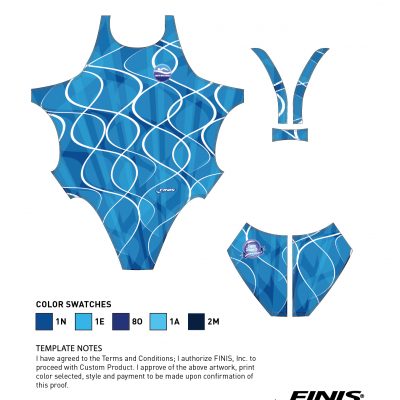The Washing Machine – Swim Starts and Finishes
Jason Tait, South West Swim Coaching & Retail
 This year we have been supporting the wonderful folks at 113Events.com with the swim sections of their middle and full distance triathlons. With their last event of the season coming together this Sunday we thought we would put together a small article on the swim start (and finish) to get you thinking about the race at hand.
This year we have been supporting the wonderful folks at 113Events.com with the swim sections of their middle and full distance triathlons. With their last event of the season coming together this Sunday we thought we would put together a small article on the swim start (and finish) to get you thinking about the race at hand.
The start is for some, the most daunting aspect of the race, a mass of bodies, arms and legs flailing around all frantically heading out off the buzzer, causing a lot of splash, noise and the famous washing machine effect. With a little bit of forward thinking this daunting prospect can be minimised both practically and mentally.
The start, through to the first buoy
So you’re here, the good old mass start. You can either love it or hate it but how do you make it better?
To start with you need to ask yourself how you will be racing? Are you out to win or out to complete? The difference between these groups can be substantial and you need to make sure you don’t accidentally find yourself in with the wrong crowd.
Pick your start position carefully, and you must also be very honest with yourself and your swim speed and ability. If you are not the fastest out there you may wish to evaluate your start position to avoid getting swum into or over by those faster than you. The start line is often where you can see the intentions of your fellow competitors.
Video: A Typical Mass Start, Eton Dorney 10km – South West Swim
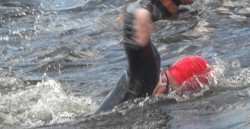 For those looking to totally smash the swim and be in the top end of getting out of the water, get near the front and choose the racing line to the buoy. By this racing line I mean the shortest possible path to buoy 1, so if buoy 1 is a right turn you need to position yourself to the right side of the pack. This will enable you to swim straight for the buoy without adding distance (Sighting skills permitting). This position is one of the toughest in the race as all the competitors among you will be eyeing up that first turn and a funneling effect may take place, where those to your left will be coming in at you. This is why the advice of choosing your position on your honest ability come in handy, a poor choice could be very uncomfortable! Even if you’re a fast swimmer, if you’re inexperienced this could catch you out, beware and choose wisely.
For those looking to totally smash the swim and be in the top end of getting out of the water, get near the front and choose the racing line to the buoy. By this racing line I mean the shortest possible path to buoy 1, so if buoy 1 is a right turn you need to position yourself to the right side of the pack. This will enable you to swim straight for the buoy without adding distance (Sighting skills permitting). This position is one of the toughest in the race as all the competitors among you will be eyeing up that first turn and a funneling effect may take place, where those to your left will be coming in at you. This is why the advice of choosing your position on your honest ability come in handy, a poor choice could be very uncomfortable! Even if you’re a fast swimmer, if you’re inexperienced this could catch you out, beware and choose wisely.
Now to those who are doing an event to complete and get through the rewarding challenge of a middle or long distance triathlon. Reading the text above do you honestly want to be at the front of the pack? The start can be a rough place wherever you start, but being at the front (when your realistic start place is nearer the back) is not going to be a pretty place. Being swum over is no fun, this is what happens when the faster swimmers catch up with you and, mixed with a dose of red mist or (we would like to think) simply not seeing you, will mean mouthfuls of water for you and worst case a premature ending to a race you may have been training 12 months for. If you are a slower swimmer start mid to end of the start group, off of the racing line. Off of the racing line means you would be to the left of our first right hand buoy turn, this will enable you to miss most of the funnel effect of the first turn. Plan your start position in advance on a given course and stay out of trouble, you may even benefit from a position further down the field as you will be able to use drafting to your advantage.
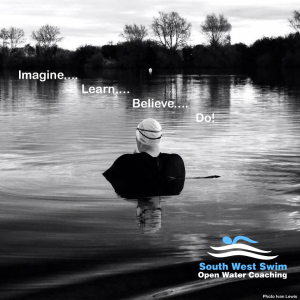
Imagine, Learn, Believe, Do!
You can put these positions into practice for the first few buoys as well, as the field could still be reasonably tight. The closer you go to the buoy the busier it will be and the more likely it will be that you get knocked and bumped around, again that funneling effect. Sticking a little to the outside line means a less bumpy ride in most cases.
The last thing to be aware of is knowing where you are in relation to others in the water, be very self-aware of your position and that of others around you. Hopefully you would have practiced this a little in training by swimming with others, be they training partners or just other swimmers in the lake at the same time. Being self-aware means you can move out of or avoid potential clashes with other swimmers. The water will also change and your lovely clear lake may become be a mass of kicked up lake bed, bubbles and splash so expect this lower visibility in the water as it can be disorienting in itself; especially if you have never experienced this in your training.
The Finish
Here it is the bit you have all been waiting for since the starting hooter went off. How hard can it be, there is a ramp in front of you so just aim for the ramp and get out right? Well yes, but a lot of athletes make their life quite hard when approaching the finish and climbing out of the water.
Firstly you don’t stop when you can see the bottom! When you can see the bottom the water may still be waist deep and you will then be wading through water to get to the finish ramp. This is both exhausting for you and annoying for others who are trying to swim a little closer, so just don’t do it. As you come into sight of the finish your aim should be to swim as far in as possible, you don’t want to be wading at all. Sight a little more often to focus on the finish, and also (again) be aware of your surroundings so you don’t end up behind a big group of swimmers all aiming for one spot, find your own space (hopefully there will be plenty of it). Swim as close to the exit ramp as you possibly can, the 113events exit is brilliant and you should be aiming for your last stroke to be on the exit ramp itself, pulling yourself up with the help of the marshals. Trust me; it’s a lot easier than wading through water deep water!
A few hundred metres from the finish you will also want to think about moving your legs a touch more, getting some blood flowing into them and around your body can help stop that dizzy feeling as you get out of the water and head toward transition. Be careful not cramp though so be aware of your body and if it feels like a cramp is coming ease off the kick. Getting blood into the legs is a good thing, but if you then can’t stand up because of cramp, well……not so good.
So that’s it, a bit of advice for you on starts and finishes. Hopefully following a few of the snippets above you can exit the water full of confidence after a great swim, and full of energy as you have had a great paced race lacking any incidents in the water. The other key ingredients for a good swim will be around great sighting technique, efficient swim technique and even pacing skills. We will cover sighting and pacing in a future blog post but remember not to go off too fast at the start, many coaches now shy away from the sprint start in favour of a controlled and even race pace throughout. There are no prizes for arriving at buoy 1 first, you’re in this for the long haul.
If you have any questions on these aspects please feel free to contact us or visit our stand at registration for the Cotswold Classic on Saturday 22nd Aug.
Have a great race and most of all enjoy the whole experience.
Jason Tait
South West Swim
South West Swim specialise in Open Water Swimming, stroke analysis and stroke correction for all levels of swimmer. South West Swims ethos is to improve athletes by focusing on swim technique, open water skills, confidence and fitness.
Sessions are held in the two finest swimming lakes in the Cotswolds (lake 32, Waterland outdoor Pursuits and Lake 12, South Cerney Outdoor) and various swimming pools in the Swindon area. Opening October 2015 we will also have our own private Endless pool for premier 1-2-1 coaching and video analysis sessions. Contact Swim@southwestswim.co.uk or visit our website at www.southwestswim.co.uk for more information on our services and tips and tricks.
For information on future 113 Events see www.113events.com
![]()

